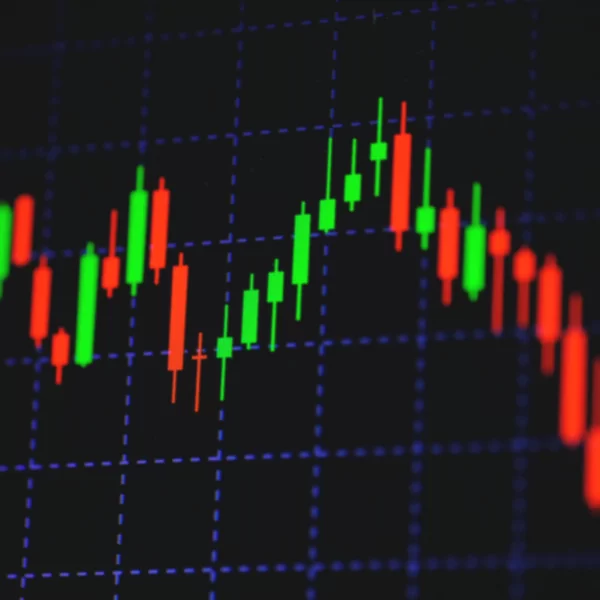Many people recently suffered a highly publicized financial disaster, accounts of which prominently concern the trading symbols VIX and XIV. We’re going to to attempt below to describe what happened in very simple terms. But as you’ll see, even the simplest description can be complicated.
What’s XIV?
XIV is the trading symbol for VelocityShares Daily Inverse XIV ST ETNs. These investments are exchange-traded notes issued by Credit Suisse. If you’re reading this entry, your interest may have been piqued by the fact that you lost nearly your entire investment in XIV virtually overnight and you want to know if there’s anything you can do to recover your losses. We’ll answer that question, but first, the uninitiated might need a little background about the concept of volatility.
Background Knowledge: How Markets Measure Volatility
In very simple terms, stock market volatility measures fluctuations in stock prices. Low volatility means small fluctuations and high volatility means large fluctuations. Markets move in three directions: up, down, or sideways. (Sideways means a stock is staying within a fairly steady price range.) For the most part, volatility tends to be relatively low during upward and sideways trends, but it increases substantially when markets are in downward trends.
One measurement of expected volatility in the market is the Chicago Board Options Exchange Volatility Index, or as it is more often referred to, the VIX index. The VIX is considered to be a barometer of investor sentiment and measures the market’s expectations of near-term volatility. It’s used by stock and options traders to gauge the market’s anxiety level, and thus is often referred to as the “fear index” or “fear gauge”.
Put simply, the VIX measures how much the market thinks the S&P 500 Index option (symbol SPX) will fluctuate over the next 30 days, based upon an analysis of the difference between current SPX put and call option prices. Put option buying signifies a belief that the SPX will fall and call option buying signifies an expectation that the SPX will rise. Thus, if investors expect market volatility to increase, the VIX index will rise. And if investors expect market volatility to diminish, the VIX index will fall.
Investors can’t trade the VIX index directly, but they can trade derivative products based on the index. One of those products is the XIV inverse ETN. It was designed to produce the inverse (i.e., the opposite) of the VIX index. Thus, if the VIX index rose by 1, XIV was supposed to fall by 1. Without getting too deep into the details of how it worked, the XIV follows exposure to short term futures tied to the VIX. The XIV product itself had no underlying collateral and was actually a note – a promise by Credit Suisse to pay a certain amount of money based upon the value of VIX short-term futures on a date certain. Therefore, generally speaking, the value of the XIV notes was tied to the value of the futures.
The actual price of the XIV notes was set by the market. The price could therefore deviate from the true value of the underlying futures. And that’s exactly what happened late in the day on February 5. The VIX index itself spiked through the course of the day, driving the value of the futures down. But the market was still pricing the XIV notes at a high level – one far in excess of the value of the VIX short-term futures. The XIV shares were re-set shortly after the stock markets closed for the day – and they were revalued at $4.22 per share. People who bought in the closing hour were paying more than $100 per share for something that was really worth a little more than $4 per share. The XIV opened at a little more than $6 per share the next morning.
Our more investment-savvy readers should be assured that we’re aware we’ve glossed over certain details and some of the market forces that served to drive the price down. But for the less sophisticated readers, it’s sufficient to say that XIV was not priced efficiently at the end of the day on February 5.
So, Is There Something I Can Do to Recover My Losses?
The answer depends on whether you purchased XIV yourself through a discount brokerage firm or whether it was recommended to you or purchased on your behalf by a financial adviser. We are not aware of any facts that would enable us to help individual investors who decided, without the help of an investment professional, to trade XIV. But we can help most investors whose brokers or investment advisers recommended XIV to them.
As best we can determine, XIV itself worked pretty much as it was intended to work, even if not perfectly.[1] Thus, investors who decided purely on their own to buy XIV probably have no path to a recovery. But there is a good argument that XIV was too risky, too complicated, and too easily misused to be a suitable recommendation for an ordinary retail investor. Moreover, if your broker happened to recommend XIV to you in the final hours of February 5, there’s an even better suitability claim insofar as there was no good basis to recommend the purchase of such a wildly inflated investment product.
Consequently, if your broker (or an investment adviser) recommended that you should buy XIV ETNs, please call us to discuss your losses. We’ll discuss whether we think it’s possible for you to recover some or all of your losses, and tell how we can assist you in that process. Ask for Hugh Berkson at (216) 696-1422 or call toll free at (866) 932-1295 for a free evaluation of your recovery options. If you prefer, email us at [email protected]. Or leave us your contact information and a brief comment on the form to the right and we’ll call you.
Footnote:
[1] The VIX index rose more than 100% but the XIV only fell by 94%, meaning there wasn’t a perfect negative correlation.

